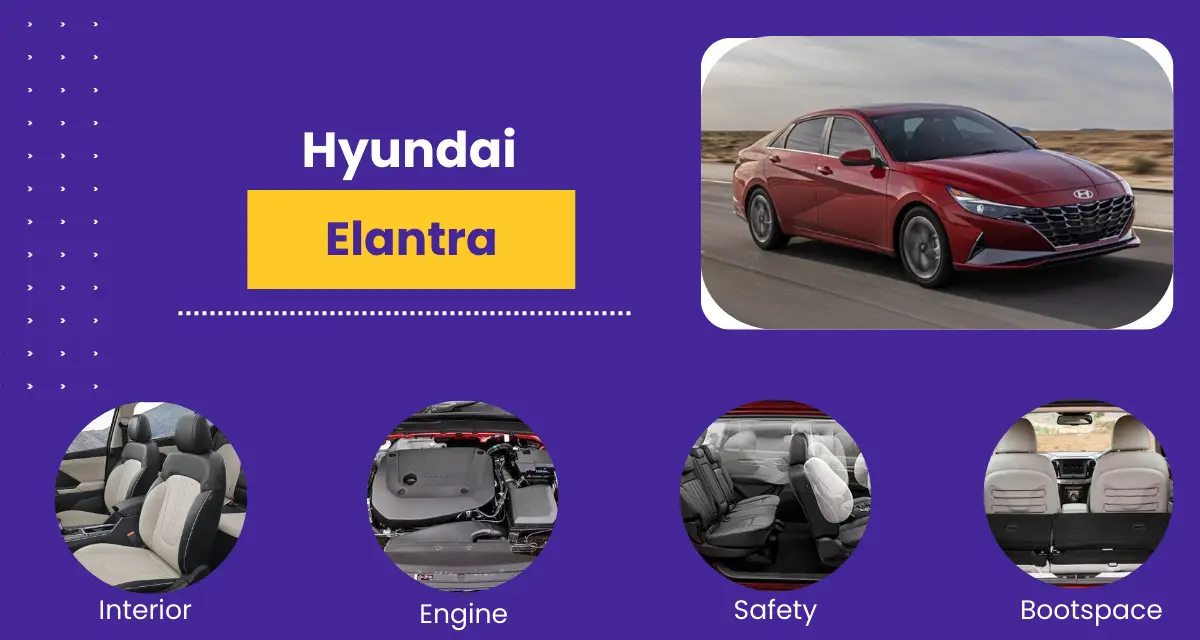

The seventh-generation Elantra was unveiled in 2020. While its SUV companion, the Tucson, has only recently been introduced in India. Given that Hyundai prioritises the new Verna for our market, this will persist for some time. The new Verna will be significantly roomier and more extensive than the outgoing model, allowing it to compete in both midsize and executive sedans.
The new Verna needed to expand in size since it will now serve many more markets, including the United States, where purchasers prefer larger vehicles. Furthermore, the extra capacity will help it compete with rivals such as the Honda City, Skoda Slavia, and Volkswagen cars. Hyundai believes that the higher variants of the Verna, with their larger dimensions, greater levels of equipment, and more power, will eliminate the necessity for a separate executive sedan model.
In India, this segment is practically extinct, with only one model - the Skoda Octavia. With Octavia's pricing already exceeding the Rs 30 lakh barrier and the new Tucson crossing the Rs 35 lakh mark, the new Elantra may be priced out of competitiveness. Hyundai will only take this risk after seeing how the new Verna's higher (and more expensive) models are received.
The 2017 Elantra has a unique 'Parametric Dynamics' design theme, with particular components such as a cascading grille and T-shaped LED tail lights. The new sedan is built on Hyundai's K3 platform, which the company claims are lighter than the previous model. The new Elantra is also 56mm longer, 51mm lower, and 26mm wider, with a 20mm increase in wheelbase, providing passengers additional room.
Internationally, the Elantra is powered by a 2.0-litre petrol engine mated to a CVT transmission. For the first time, Hyundai is providing it with a hybrid powertrain, which combines a 1.6-litre turbo-petrol engine with a 32kW electric motor to produce a combined 139hp and 264 Nm of torque. Hyundai launched the Elantra N last year, which is powered by a 276hp, 2.0-litre turbo-petrol engine.
download the Park+ app!